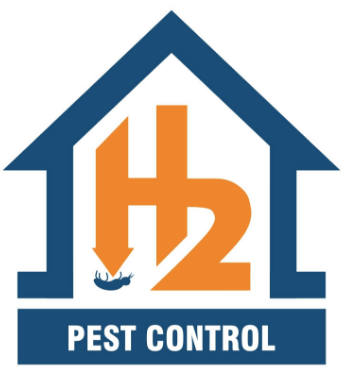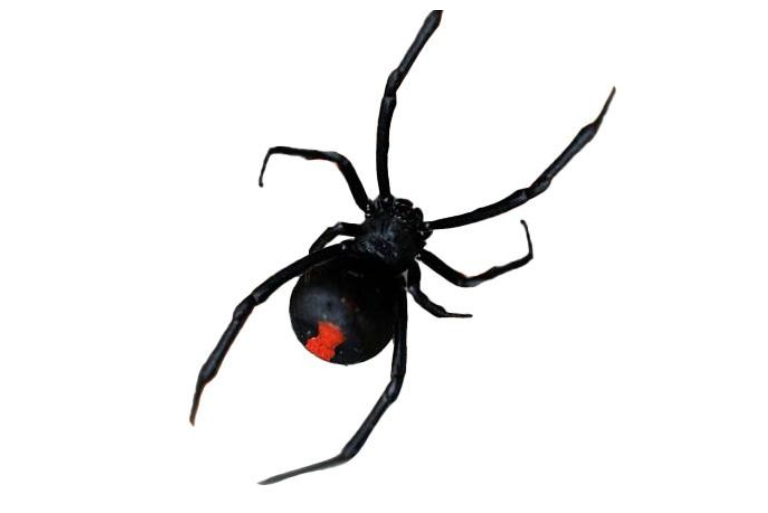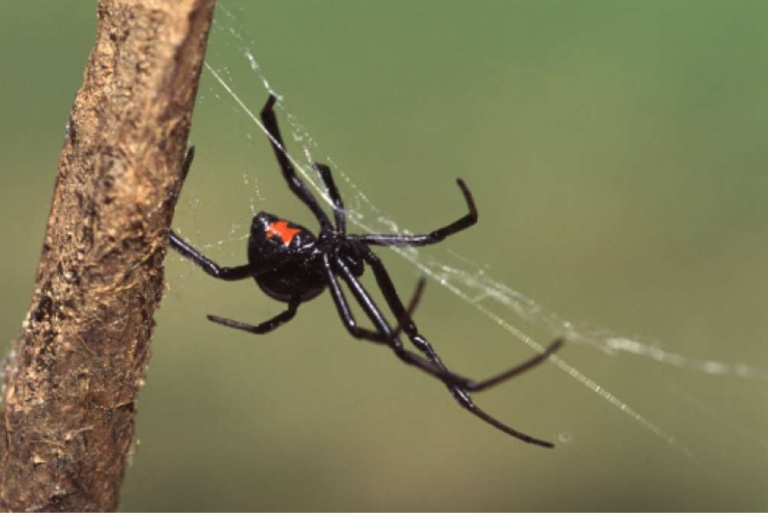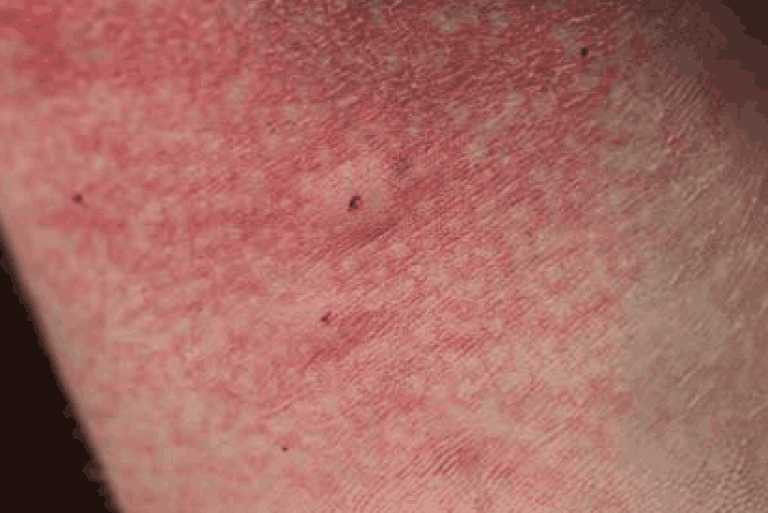The Common House Spider
hellogrow
on
January 31, 2025
The term ‘common house spider’ is a bit of an umbrella term, covering a whole gang of small, usually brown or gray spiders that love to make themselves at home in our houses.
These eight-legged roommates are generally harmless, but let’s be honest, not many of us get excited about finding a spider lurking in our living room!
Let’s take a look at common house spiders in the United States.
What Does a House Spider Look Like?
- Size: Most house spiders are relatively small, with body lengths ranging from a few millimeters to about 1 centimeter.
- Color: They typically exhibit shades of brown, gray, or tan, often with darker markings on their abdomens.
- Body Shape: They have the classic spider body plan: a two-part body (cephalothorax and abdomen) and eight legs.
- Webs: Many house spiders spin irregular webs in corners, under furniture, and in other secluded areas.
Common House Spider Habitat
Indoors:
- Think of them as the “night owls” of your home. They love to hang out in quiet, dark places like dusty corners, under furniture, and deep within closets. Basements and attics are their favorite hideaways.
Outdoors:
- While they’re happy indoors, they also enjoy the great outdoors! You’ll often find them lurking in gardens, taking shelter in sheds, and exploring other outdoor structures.
Common House Spider Diet
- Dinner is Served! House spiders are like to eat a variety of things you might find in a home. They love to dine on a menu of delicious insects, including flies, mosquitoes, moths, and ants.
Common House Spider Egg Sac
- Appearance: House spider egg sacs can vary in appearance depending on the species. They are often small, round, and may be covered in silk.
- Location: Egg sacs are typically found in secluded areas within the spider’s web or in other sheltered spots.
Common House Spider Bite
Spider Bites usually occur when a spider feels threatened, such as when it gets accidentally trapped against your skin.
To avoid spider bites you can do things like avoid sudden movements, wear gloves when handling items that are in areas where spiders might be present, or call a spider control expert.
If you do happen to get bitten, you might notice a small red mark and feel a mild stinging sensation. Some people experience slight swelling around the bite area.
Is the Common House Spider Poisonous?
Yes, common house spiders are poisonous, but not to humans: While all spiders have venom, the venom of most common house spiders is not potent enough to cause significant harm to humans. Their bites are usually no more serious than a bee sting.
What is the Most Common House Spider?
Identifying specific species can be challenging. However, some of the most common house spiders include:
American House Spider: These are very common, small to medium-sized spiders with tan or gray bodies. They build messy webs in corners and undisturbed areas.
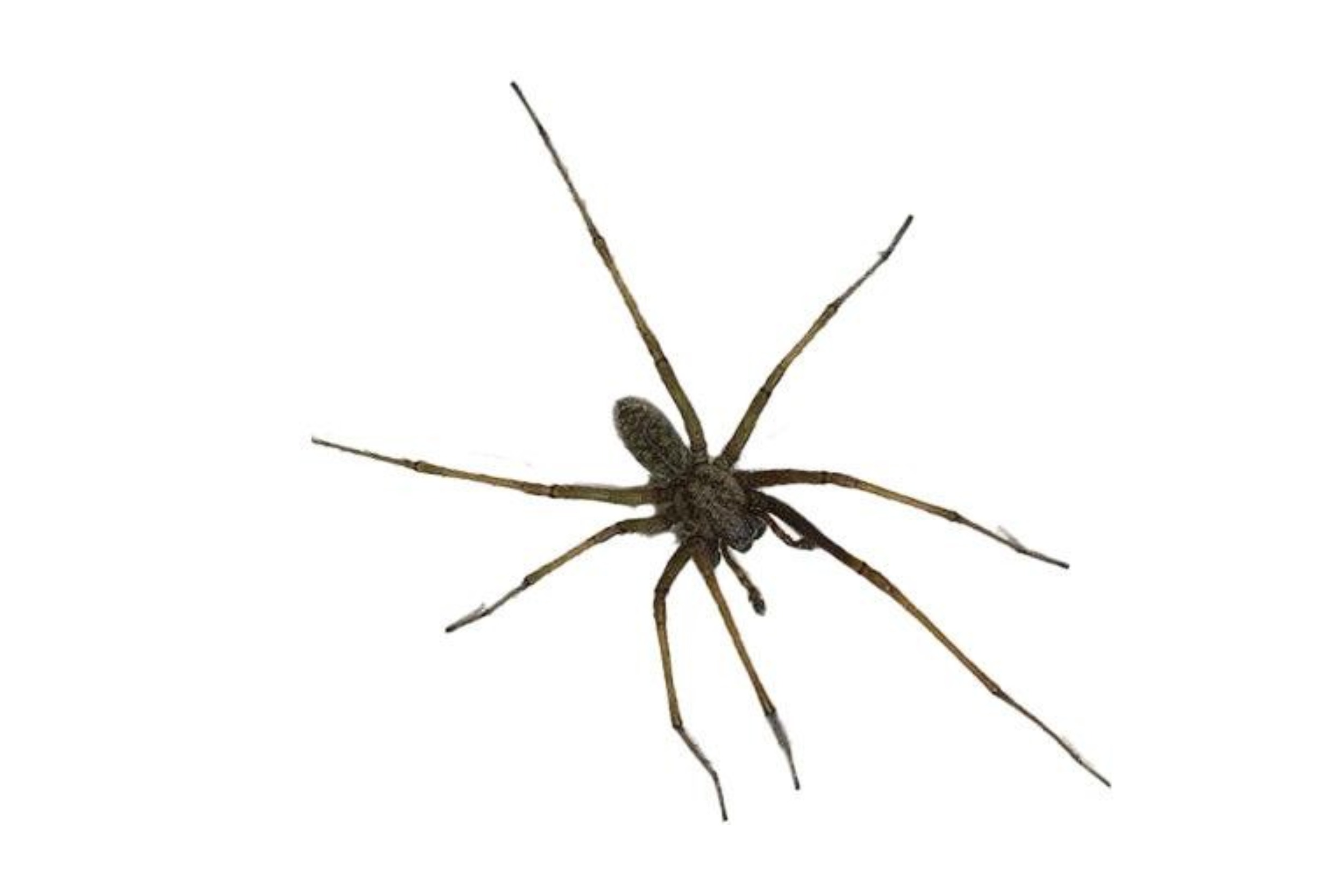
Cellar Spiders: Often called “daddy longlegs,” these spiders have extremely long, thin legs and small bodies. They are commonly found in basements, cellars, and other dark, damp areas.
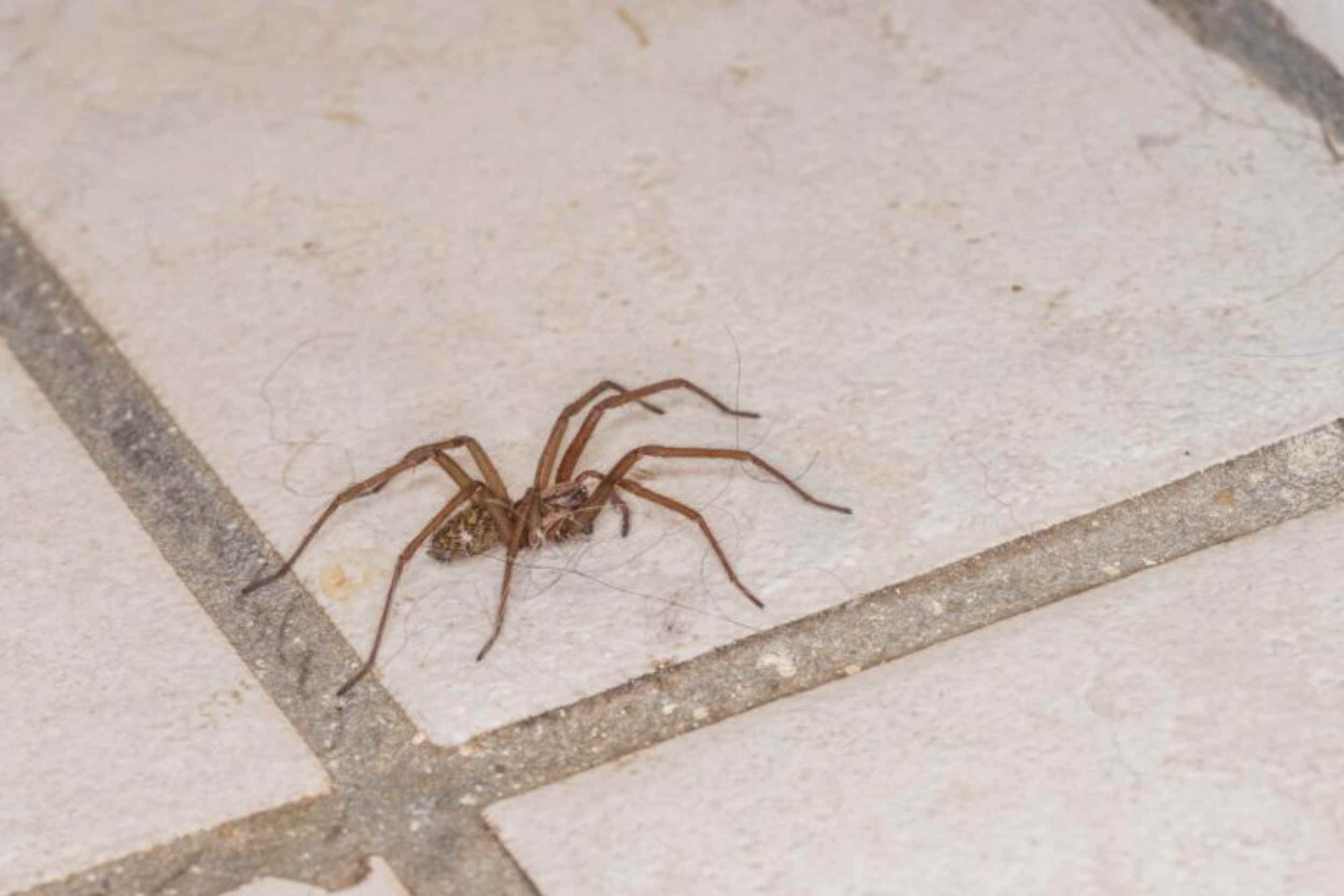
Wolf Spiders: These are larger, hairy spiders that are active hunters. They don’t typically build webs but instead roam around looking for prey.
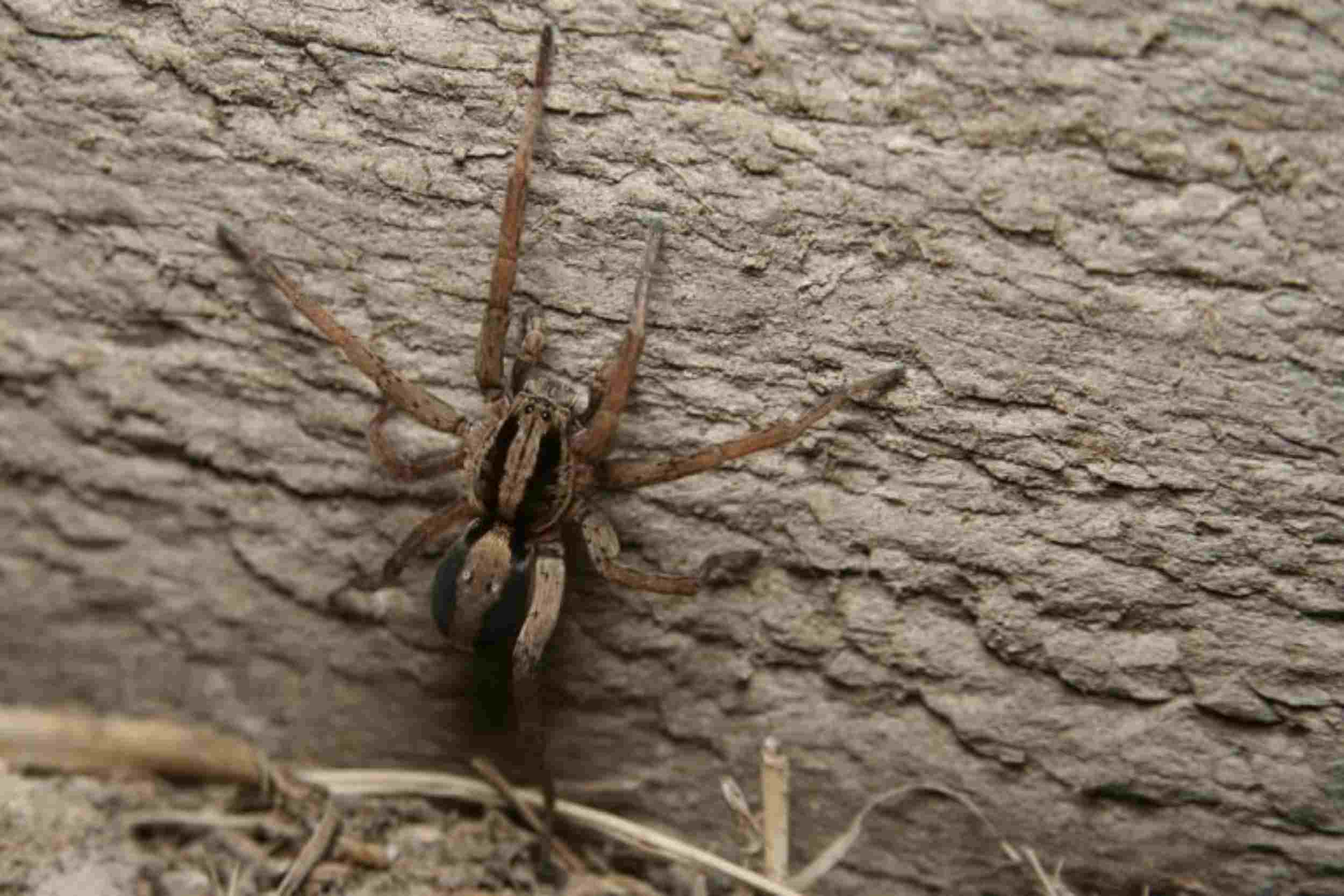
Jumping Spiders: Small, colorful spiders with excellent eyesight. They are known for their ability to jump and are often found on windows and walls.

Sac Spiders: These small spiders build silken “sacs” for shelter and egg-laying.
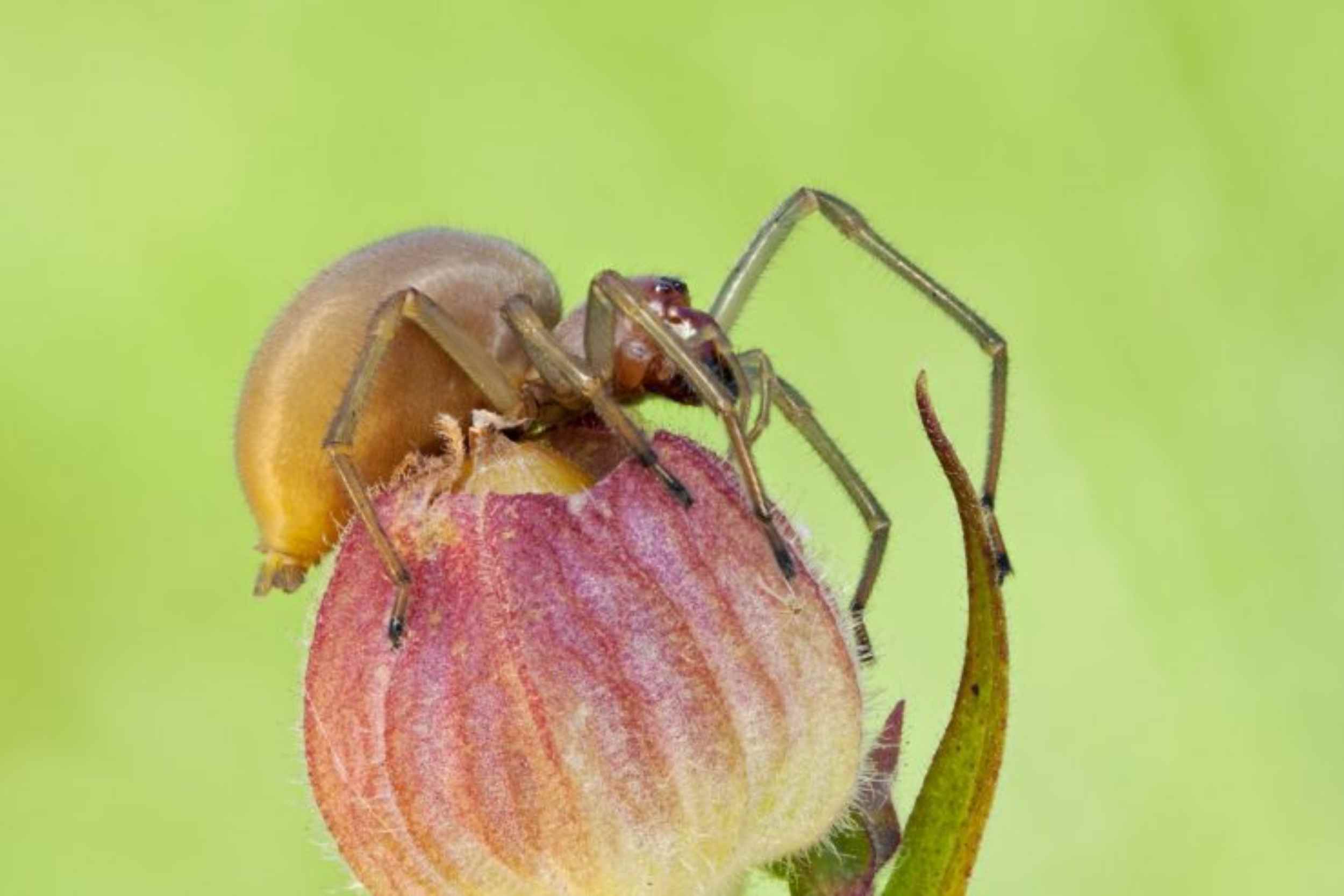
Controlling House Spiders
Common ways of controlling spiders include reducing clutter, cleaning regularly, sealing entry points, proper landscaping, pest control services.
Reduce Clutter:
Creating a clutter-free environment is one of the most effective ways to discourage spiders from making your home their own
- Declutter regularly: Spiders love to hide in cluttered areas. Regularly decluttering your home can significantly reduce their hiding spots.
- Store items properly: Keep items off the floor and neatly organized in boxes or containers.
- Pay attention to corners and crevices: These are prime spots for spiders to build webs.
Clean Regularly:
Regular cleaning isn’t just about keeping your home tidy, it’s also a crucial step in spider prevention
- Vacuum frequently: Vacuuming not only removes dust and debris but also disrupts spider webs and removes any eggs that may be present.
- Dust regularly: Dusting surfaces removes food sources for spiders and makes their presence less likely.
- Clean up food spills immediately: Food crumbs and spills attract insects, which in turn attract spiders.
Seal Entry Points:
Spiders are expert infiltrators, so it’s crucial to seal up any potential entry points around your home to keep them out.
- Inspect your home’s exterior: Look for cracks and crevices around windows, doors, foundations, and pipes.
- Use caulk or sealant: Seal any gaps you find to prevent spiders from entering your home.
- Repair damaged screens: Make sure your window and door screens are in good condition and free of holes.
Proper Landscaping:
Your landscaping choices can significantly impact your home’s attractiveness to spiders. By creating a less spider-friendly environment around your home, you can deter these eight-legged visitors.
- Trim back tree branches and shrubs: Overhanging vegetation provides easy access for spiders to enter your home.
- Keep vegetation away from the foundation: Maintain a clear space around the perimeter of your home to deter spiders.
- Remove piles of leaves and debris: These can harbor spiders and provide them with ideal nesting sites.
Consider a Professional Pest Control Service:
For persistent spider problems or when DIY methods aren’t enough, a professional pest control service can provide effective and long-lasting solutions.
- For severe infestations: If you’re dealing with a large number of spiders or if DIY methods aren’t effective, consider contacting a professional pest control service.
- For expert advice: A pest control professional can assess your situation and recommend the most effective treatment options.
- For peace of mind: Professional pest control services can provide ongoing monitoring and treatment to keep your home spider-free.
FAQs About Common House Spiders
Common house spiders are a group of spider species frequently found in residential and indoor environments. They are non-aggressive and primarily feed on insects.
No, most common house spiders are harmless to humans. While they may bite if threatened, their venom is typically not potent enough to cause serious harm.
House spiders often seek shelter indoors for warmth, food, and protection from predators. They are drawn to areas with abundant insects or dark, undisturbed spaces.
Common house spiders are usually small, with brown or gray bodies. They often have patterned abdomens and long, thin legs. Their appearance may vary by species.
House spiders feed on small insects, such as flies, mosquitoes, and moths. They catch their prey using silk webs.
Yes, most house spiders construct webs to trap prey. Web designs vary by species, ranging from irregular shapes to neatly organized patterns.
The lifespan of a house spider depends on the species, but many live for about one year. Some species can live longer under favorable conditions.
To reduce the presence of house spiders:
- Seal cracks and gaps in walls, doors, and windows.
- Keep your home clean and clutter-free.
- Remove webs regularly.
- Reduce outdoor lighting that attracts insects.
Yes, house spiders can reproduce indoors. Female spiders lay eggs in silk sacs, which may hatch into dozens of spiderlings.
If you have a large number of spiders, consider:
- Identifying the source of the infestation.
- Eliminating food sources (insects).
Contacting a pest control professional for assistance.
Most house spiders can survive outside but may prefer indoor environments for consistent food and temperature.
For questions about common spider problems in Utah, contact H2 Pest Control or use the following resource links:
Learn More About Spiders
Get Rid of Spiders in Utah Guide
How to Get Rid of Black Widow Spiders
The Most Dangerous Spiders in the United States
How Many Legs Do Spiders Have?
Spider Eggs and What They Look Like

